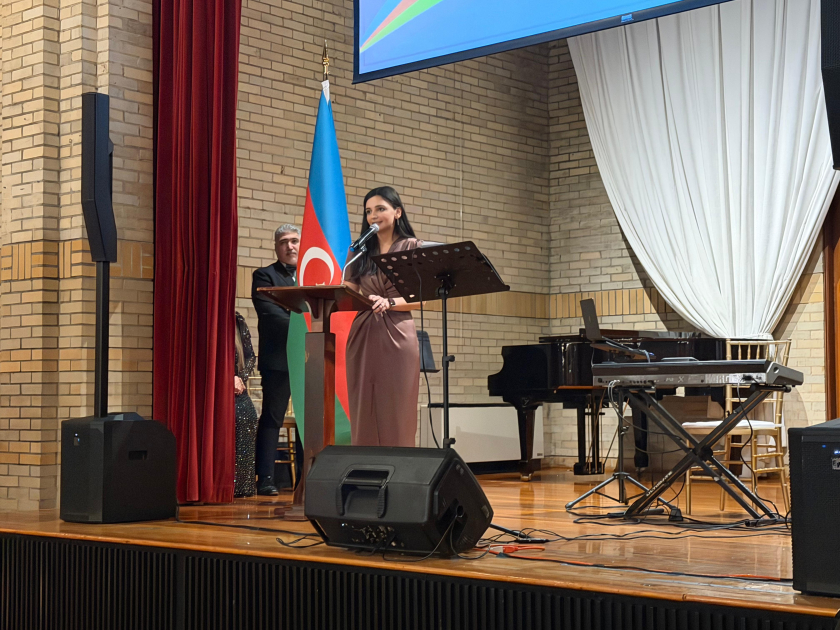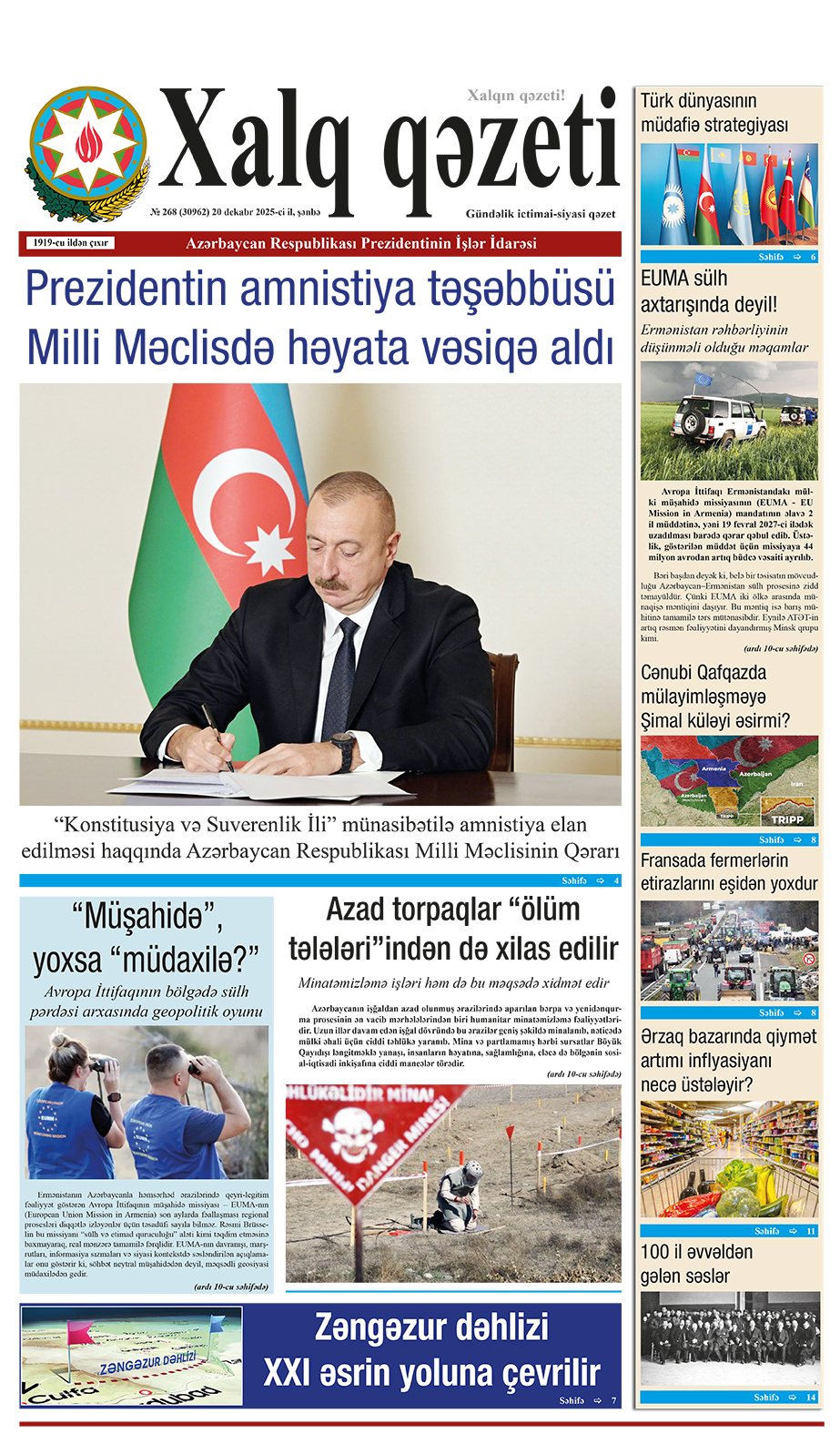ByJERUSALEM POST STAFF
Melanie Beasley, a researcher at Purdue University, stated, "Large quantities of larvae were available, they are easy to collect, and they are rich in nutrients."
New research is overturning the traditional image of Neanderthals as savage hunters who devoured mammoths and deer, suggesting a more varied diet that included insect larvae. High nitrogen levels in Neanderthal bones suggest that, in addition to rotting meat, they also consumed the fly larvae contained within it.
"Large quantities of larvae were available, they are easy to collect, and they are rich in nutrients," said Melanie Beasley, a researcher at Purdue University.
For decades, Neanderthals were seen as superpredators that fed almost exclusively on the meat of large animals, largely due to high levels of heavy nitrogen-15 in their bones. Recent research suggests that these nitrogen isotope values can be explained by a more balanced, omnivorous diet that may have included insect larvae and plant-based foods.
Beasley stated that the Neanderthal diet included almost everything their environment provided, including vegetables, but they likely relied heavily on wild meat for protein. This new theory not only demystifies the image of the gluttonous hunter but also accurately explains the chemical traces left behind by Neanderthals.
The ratios of various elements in animal bones can provide insights into their diet. The high levels of heavy nitrogen in Neanderthal bones can be attributed to their consumption of maggots. "Neanderthals were not hypercarnivorous. It's likely that maggots were a part of their diet," said John Speth, professor of anthropology at the University of Michigan.
Karen Hardy, a professor of prehistoric archaeology at the University of Glasgow, explained, "In many cultures, maggots are normally consumed. They are rich in protein, fat, and amino acids. For Neanderthals, it was simply a smart and nutritious choice."
Beasley explained, "Storing meat attracted flies, which laid eggs, and maggots quickly developed." She added, "If someone eats too much protein, the body cannot properly break it down and remove toxic byproducts, such as ammonia," which can lead to a toxic overload causing weakness, lethargy, and potentially death if the diet is not normalized. Humans have a limit of protein consumption that cannot exceed 300 grams per day for more than about two consecutive weeks.
The conclusions of this research, published in the journal Science Advances, indicate that the nitrogen isotope ratios in Neanderthal bones cannot be explained solely by meat consumption. In larvae, a greater increase in nitrogen-15 levels is observed, and the presence of carrion-feeding insect larvae disrupts the expected nitrogen-15 accumulation.
An herbivore accumulates nitrogen-15 from eating grass, so its own body has a slightly higher δ¹⁵N value, while carnivores have higher proportions due to consuming herbivores. However, the nitrogen values found in Neanderthal bones exceeded those of carnivorous animals significantly.
Fly larvae are a fat-rich, nutrient-dense, ubiquitous, and easily procured resource, and there is evidence that many past societies regularly consumed larvae and even intentionally bred them for food. Beasley explained, "The maggots feed on the meat and thus become a fatty addition themselves. If you eat the meat together with the maggots, you get a much more complete source of nutrients." She added, "You absolutely need fats and carbohydrates in addition to protein."
Neanderthals were skilled hunters and gatherers, regularly hunting large animals such as horses, bison, and even forest elephants weighing up to 14 tons. "If you only hunt lean game, you only get lean meat with a lot of protein," Beasley said.
While there is no concrete evidence that maggots were actually eaten by Neanderthals, she suspects that they were not a problem for them; on the contrary, they could have served as a valuable source of nutrients.
Future research could show more precisely what was eaten thousands of years ago and what effects this had on the health of Neanderthals. As the planet seeks sustainable dietary solutions, a return to a prehistoric dietary practice based on insects may not be as unlikely as it sounds, and the fact that this practice still exists today shows that maggots have been eaten throughout human history.




















